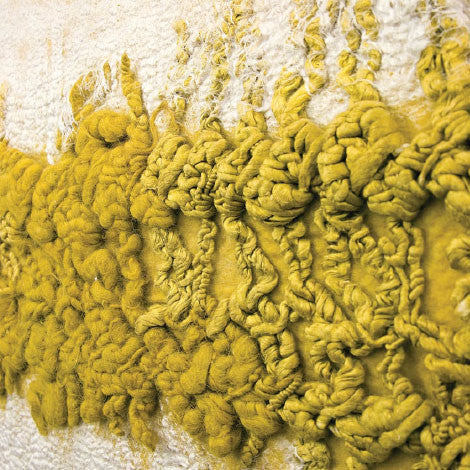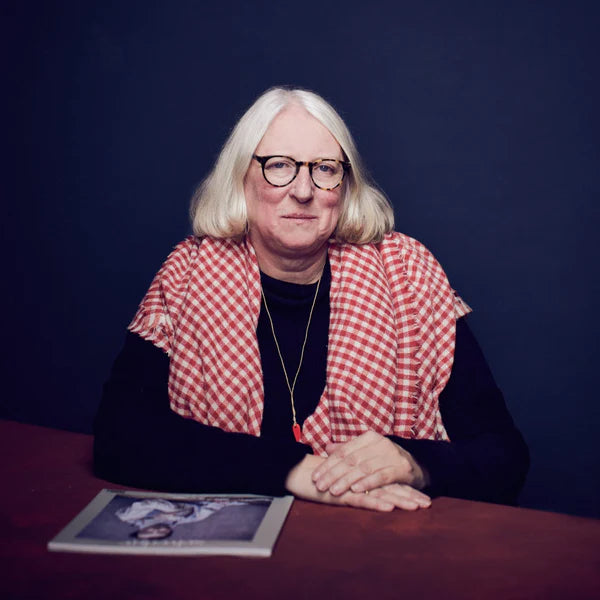Issue 51 Dependable
Selvedge Magazine
Couldn't load pickup availability
March/April 2013


THE BLUE PLAQUE ON the wall of no 2 Princelet Street, Spitalfields, East London, commemorates the life of Anna Maria Garthwaite. The legacy of this outstanding English textile designer who worked closely with Huguenot silk weavers, is an impressive one. Hundreds of her original paintings have been preserved alongside samples of fabric at the Metropolitan Museum of Art in New York and at the Victoria & Albert Museum here in London. This year marks the 250th anniversary of her death, and a programme of events has been planned to celebrate the talents and contribution that the Huguenots made to Spitalfields where they sought refuge from religious persecution.
Why some things endure while others fade away is one of the mysteries of time. The things that remain with us often seem to have a particular value simply by virtue of their continued existence but they also have an active role to play. Understanding textiles’ rich heritage not only allows us to contextualise the here and now, but also enables the artists and designers of today to create the products of tomorrow. The popularity of the now global Tweed Run, is a testament to the place traditional fabrics hold in so many hearts. Today we are surrounded by the advanced technology of high tech fabrics: but few of these fabrics conjure up the emotional connection so many of us have with tweed. It is reassuring to know that the Harris Tweed industry is still with us, enduring the twists and turns of fashion. Still relevant, it is a delicate balance that the industry maintains in order to make vibrant the skills of the past.
The Herero women of Namibia wear splendid garments: as Jim Naughton, makes clear, these clothes are the product of colonial influence yet are far from a pastiche of a bygone age. I don’t advocate holding onto the past once it is no longer relevant. A rigid determination to preserve skills and techniques can be detrimental. We sometimes see this in the artifacts produced by indigenous people across the world, where creating objects for the tourist trade robs pieces of their meaning for the maker and their artistic integrity.
Crafts should not be preserved in aspic and forced to adhere to a set of golden rules. On the other hand, the path of ‘progress’ and its hunger for new, faster and cheaper methods can turn out to be a wrong turning; as thatchers Matthew Williams and David Bragg discovered when they set up a company offering long straw thatching, Forgotten Crafts.
Lisa Tilley blends past and present to give vintage luggage a new lease of life but her individual approach is vulnerable to imitators. My editor Beth Smith grapples with the problems of copyright. Infringement is commonplace and the best way to deal with it is debatable. The past offers inspiration to us all- but use it to make something new for today!
I would like to thank Anthropologie, for their hospitality at The Gallery in their store on the Kings Road. Visit us at The Gallery at Anthropologie, 131-141 King's Road, London SW3 4PW, and look online for events during the second half of our ‘pop up’ store. Or combine a trip with a visit to our Spring Fair! Advance tickets are available at discounted prices. Please see www.selvedge.org for details.
Polly Leonard, Founder
Share










Selvedge endlessly nourishes my soul
Selvedge endlesslynourishes my soul. Much love and gratitude to Pollyand the Selvedge clan.
Brilliant magazine
l was loaned an issue of Selvedge by a friend and read it from cover to cover. Congratulations on producing a brilliant magazine.
A truly enjoyable read
This magazine is a joy to read on every level. It is well researched, interesting and beautifully written. It cleverly connects the distant past with cutting edge current practice and has inspired me to learn more about both. Now I want to read more!
Visually very satisfying and intellectually stimulating
I always find Selvedge Magazine visually very satisfying and intellectually stimulating. I have all the issues in my library and will have to find a good institution to donate then to when the time comes. I remember getting issue 00 at some conference or meeting in the US when you were first starting out. Bravo again for so many years of sharing the joy of textiles in all its varied forms with all of us.
Congratulations on your vision!
I’ve just been looking up your magazine, and absolutely love it! It seems like it knits together all the slices of delight that are left over in our soul when we are spent with our daily survival transactions…..congratulations on your vision!










